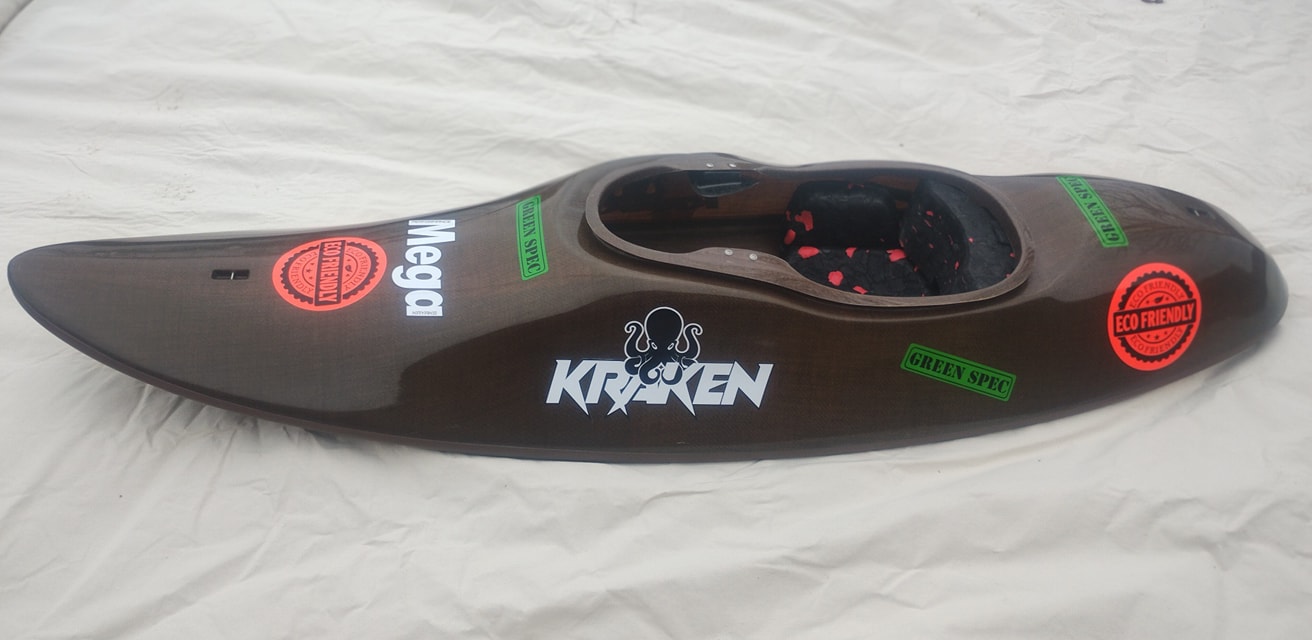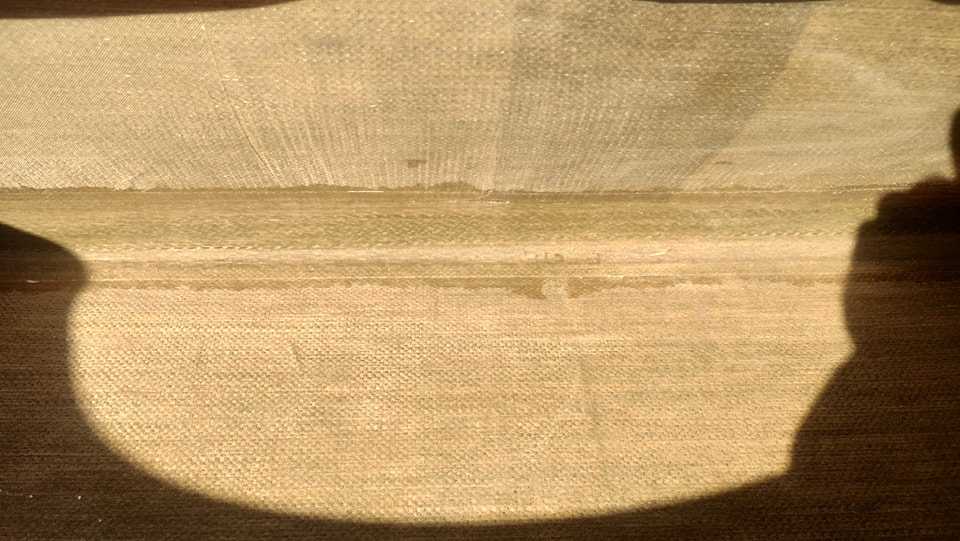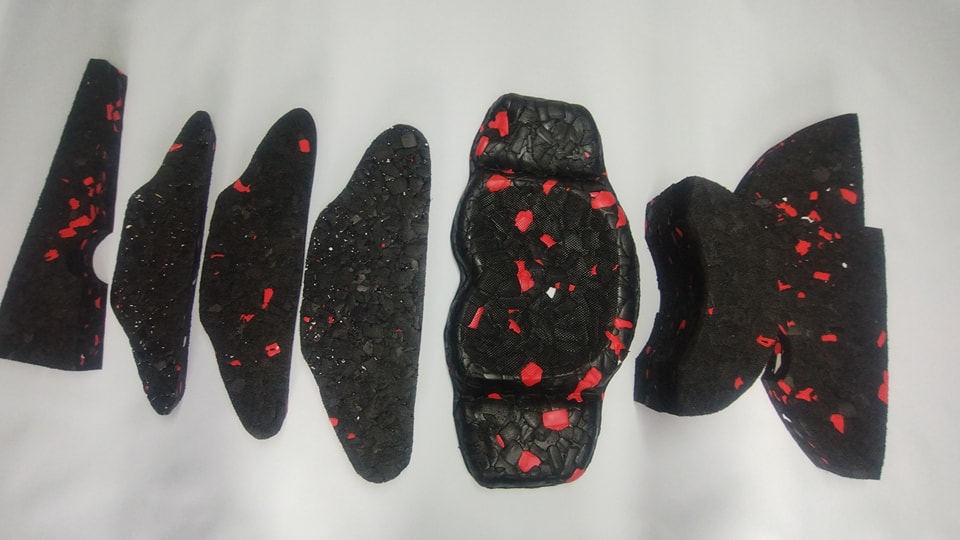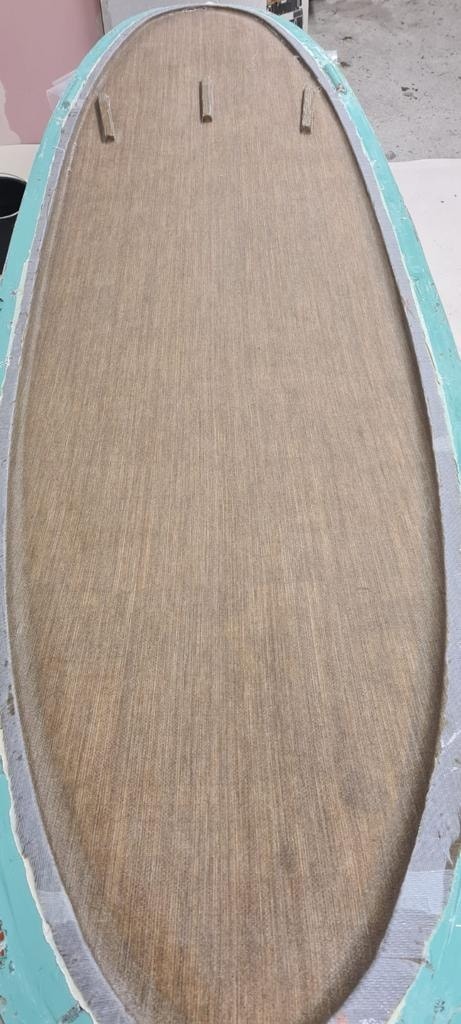Green ECO Spec The most important kayak build spec for generations: Past , present and future.....
We have been pushing and working towards this build spec for about 4 years , we have tested a multitude of recycled or natural / plant based laminate materials all with varying degrees of success.Until today we arrive at this beautiful construction.
The main materials chosen are Bio epoxy resin , Flax cloth Balsa , Cork recycled carbon , Cordenka (recycled cellulose fabric) and recycled carbon
Why flax and not hemp? … So many people thought hemp would be a cool material to use. Because : Flax has been produced for thousands of years and is in fact the oldest known textile.
What makes this fibre viable as a reinforcement material for us in composites is its long, continuous, cellulose fibres which – for a natural fibre - have excellent tensile strength and stiffness. Although there are other types of natural fibre, such as hemp and jute that can be used, flax generally offers the best mechanical properties of these materials which is why it is the most widely used natural reinforcement in composites.
Flax fibre requires between 2 and 5 times less energy to produce per unit weight than glass fibre, and, in fact, carbon emissions from its production are often claimed to be negative, owing to the carbon capture during its growth.
Another added benefit of Flax is less production waste giving a saving of over 3kg of non recyclable waste when compared to a vacuumed hand laminate built kayak.
The end result is this beautiful looking build spec with the natural cloth showing , and whilst it’s a little heavier than a glass composite boat ( average weight 11.5kg) it has a magical natural feel to surf , with the balsa core and flax material being stiff but suppressing wave and speed vibration , the added weight is not noticeable and the whole feel makes us smile.


Flax seam line inside

Recycled Minicell foam finishing kit 
Recycled Carbon thigh braces

Balsa core

Flax composite

Flax being applied



